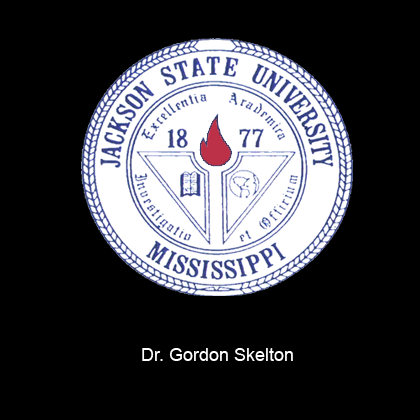Probabilistic Analysis for ISHM
It is difficult to determine the root causes of failures in complex systems.
This project will develop a Bayesian network inference engine to create
Probabilistic root-cause trees for failure mode effects analysis. Anomalies
and scope of failure will be determined based on element and path failure
probabilities inferred from the Bayesian network. Information, such as health
condition and cause-effect propagation time, will be provided. The inference
results can also be used to enable autonomous strategies and mission planning.
MAXIMO Enhancements
This project will develop an add-on decision support system for the COTS MAXIMO
database used by SSC to manage assets and maintenance. This tool will provide
capabilities specific by the SSC MAXIMO managers, enhance current data analysis
capabilities, and enable incorporation of advanced techniques, such as machine learning.
Coupled Fluid-Thermal-Structural Dynamics
The project will create an automated, coupled, fluid-thermal-structural simulation
capability through the development of robust communication layers between Loci-CHEM
and MAST. The communication layers enable surface-to-surface coupling (conjugate-heat-transfer,
cavity radiation-conduction coupling, fluid-structure interaction) and volume-to-volume
coupling (thermoelasticity) for large-scale discretizations. Validation of the solver will
be performed using canonical test cases, such as periodic motion of a flexible structure in
a cylinder's wake. The nature of responses will range from quasi-steady (large characteristic time)
to high-frequency (acoustic). The coupling environment will be HPC-capable and will account
for incompatibilities in geometric representation of the interacting surfaces/volumes.
Coupling Loci/CHEM with Calculix
Testing rocket engines creates plumes of hot exhaust gases that induce radiative and
convective heating of the test facility structure. Test facility designers simulate
those processes to determine appropriate design margins. Current modeling approaches
are slow, cumbersome and conducted in a piecemeal manner. To overcome this technical
barrier, this project will couple Calculix with Loci/CHEM using techniques developed
for use with the LS-DYNA and ABAQUS finite element codes. Validation of the system will
include applying the new code to a real engineering boundary value problem.





